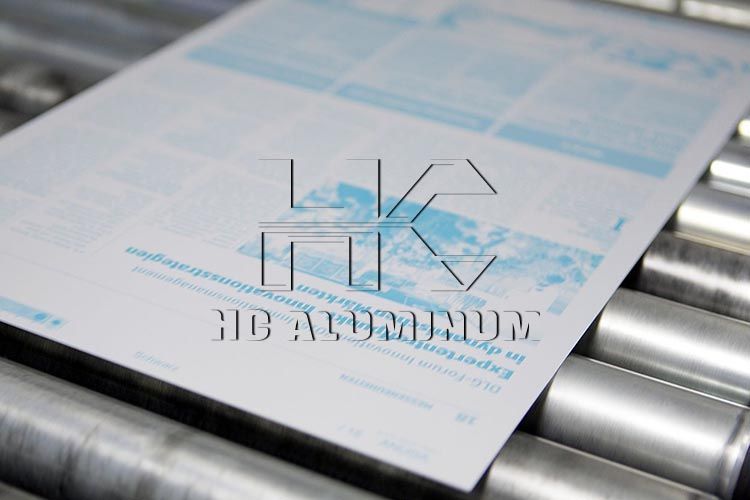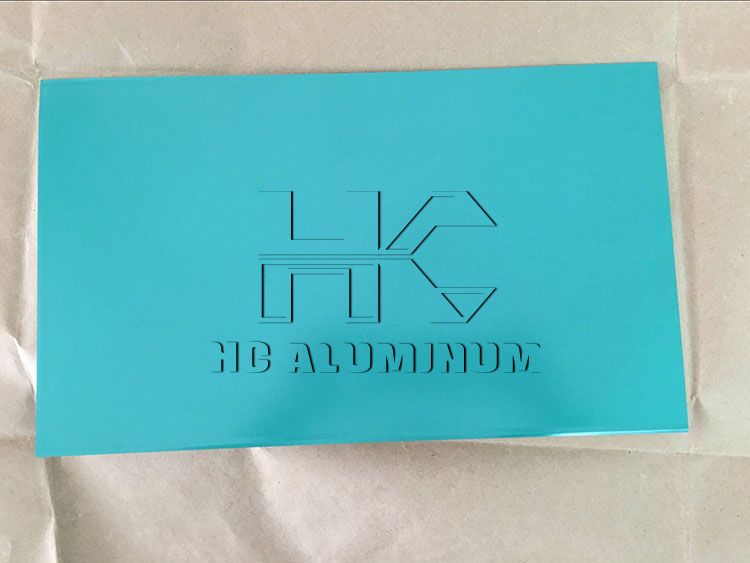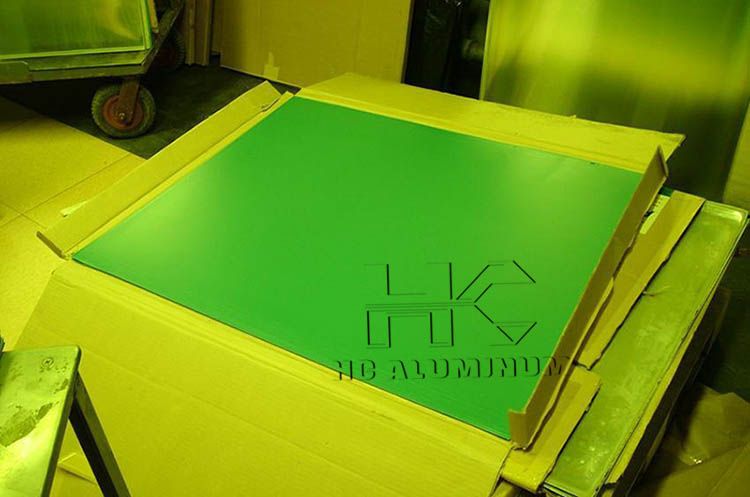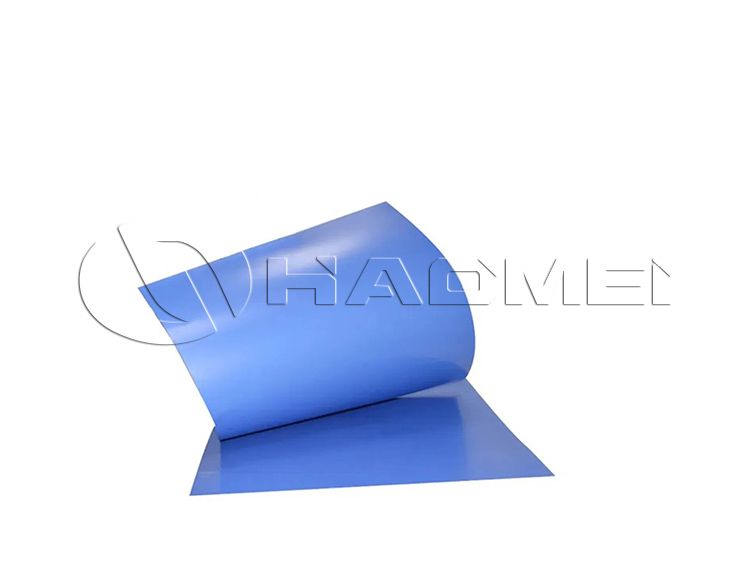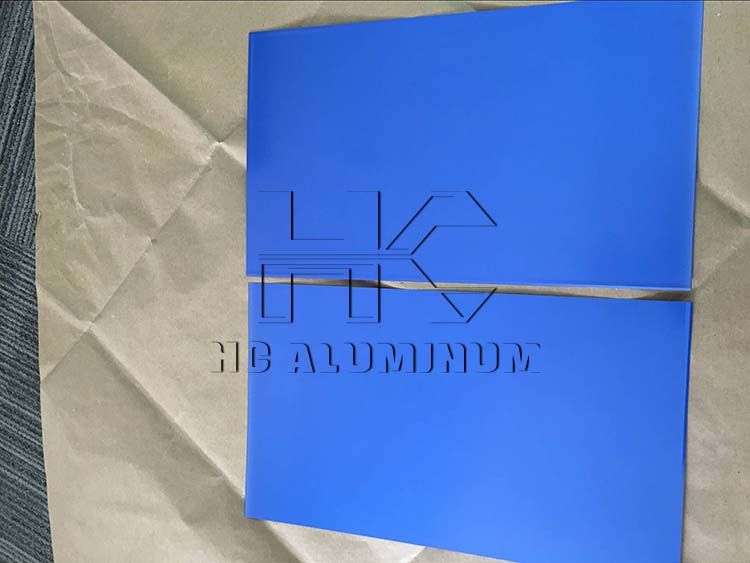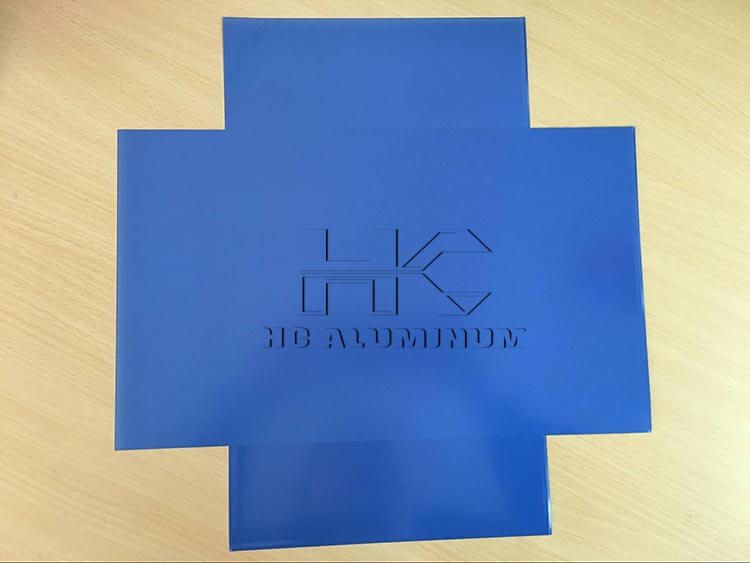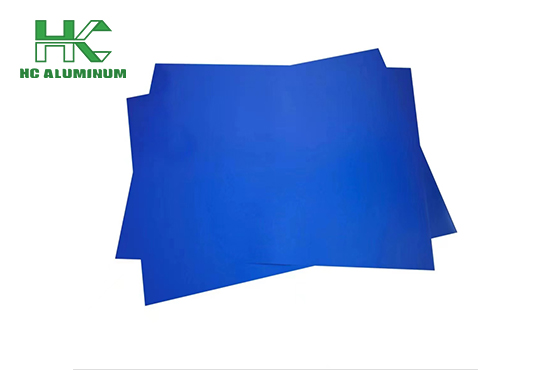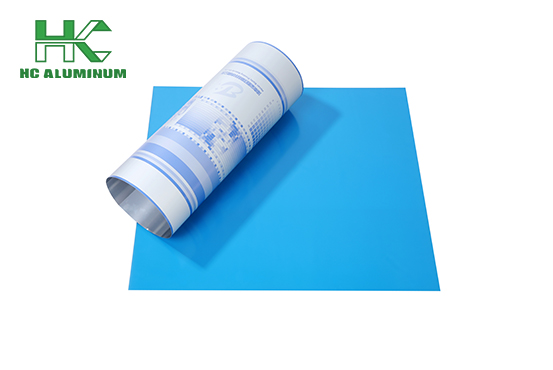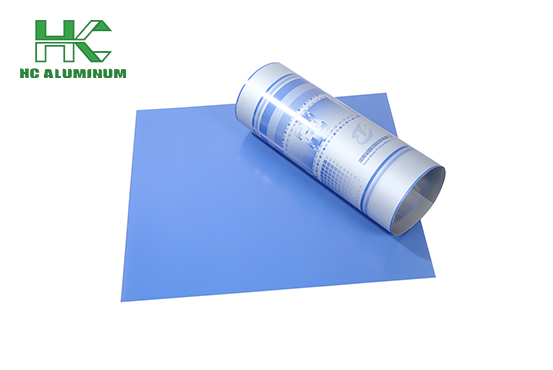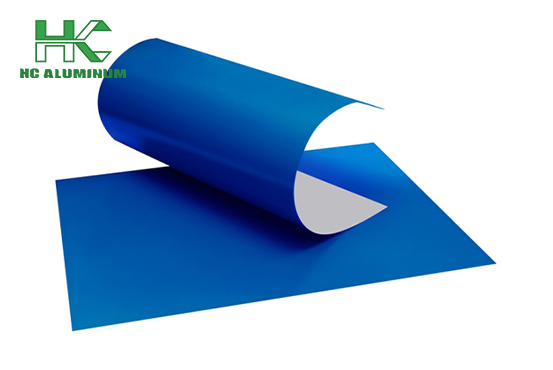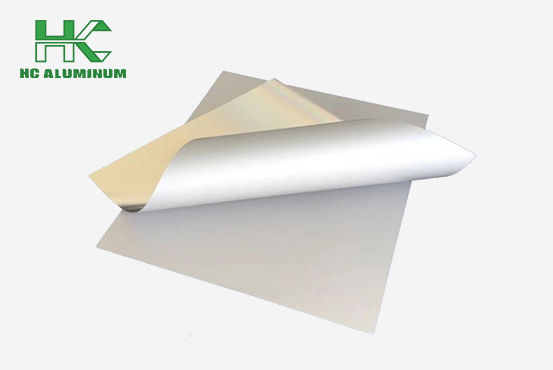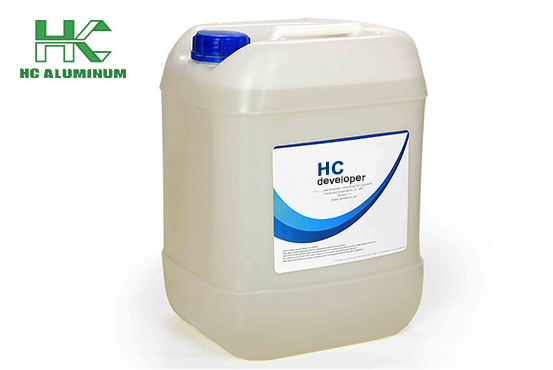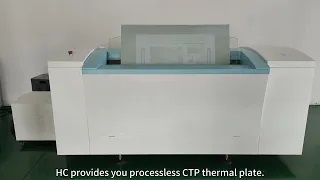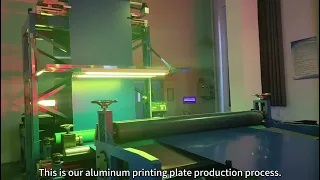Which Is More Popular: CTP Plate or PS Plate
Technical principles and core features
1. CTP Plate
Technical logic: Digital files are directly imaged onto the printing plate through laser scanning, eliminating the film exposure process and realizing the "what you see is what you get" digital process.
Core advantages:
Precision and efficiency: Supports 2500-4000dpi high-precision output, and the plate making time is shortened to 5-15 minutes (traditional PS plates require more than 30 minutes).
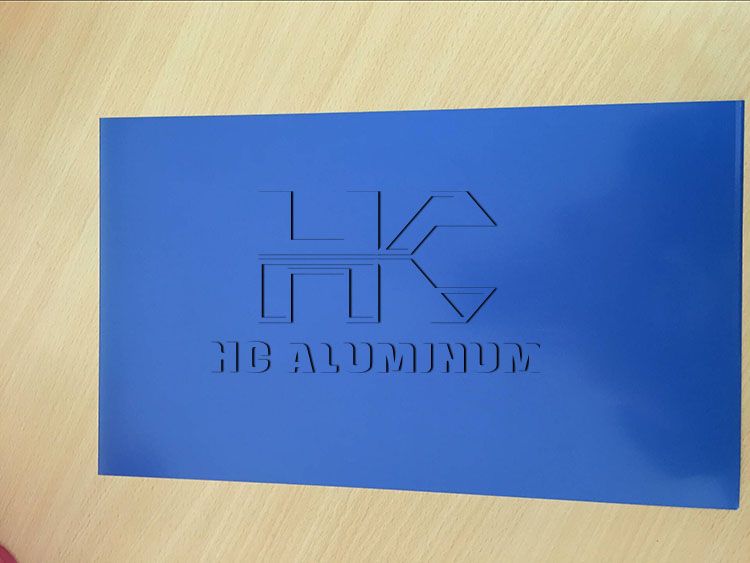
Environmental characteristics: The water free or process free CTP plates reduce chemical waste liquid emissions and comply with EU REACH regulations and China's "Green Printing Standards".
Stability: The dot reduction degree is more than 95%, and the printing durability can reach 1 million prints (after baking the plate), which is suitable for long-run printing.
2. PS plate
Technical logic: The image is formed through chemical treatment such as film exposure, development, and fixing, relying on traditional darkroom operation.
Core advantages:
Low cost: The cost of a single sheet is about 5-10 RMB (CTP plate is 15-30 RMB), suitable for small batch and short-run printing.
Strong compatibility: It can be adapted to old offset printing machines and has low technical requirements for operators.
Limitations:
Complex process: It requires multiple links such as film output, platemaking, and plate exposure, with a high error rate.
Environmental hazards: The developer contains harmful ingredients such as caustic soda, and the processing cost accounts for 15% of the total platemaking cost.
Market structure and share comparison
1. Global market
CTP dominant position: In 2023, CTP accounted for 85% (about 20.9 billion RMB) of the global offset printing plate market, and PS accounted for only 15% (about 3.7 billion RMB). Thermal CTP is the mainstream, accounting for 70% of the CTP market. The present PS plate usually chooses the positive PS plate.
Regional differences:
Developed countries: CTP penetration rate in the European and American markets exceeds 90%. For example, the German newspaper industry has completely eliminated PS plates.
Emerging markets: South America, South Asia, and Eastern Europe still rely on PS plates, accounting for 40%-60% of the local market.
2. Chinese market
CTP is rising rapidly: In 2023, the output of CTP plates will be 472 million square meters, and the export volume will be 147 million square meters, accounting for 60% of the global export volume.
PS plate shrinkage: In 2023, the sales volume of PS plates will drop by 38% year-on-year, mainly used in small and medium-sized printing plants and bill printing.
Why CTP Plate is more popular
CTP plate achieves the "zero intermediate link" conversion from digital files to printing plates through laser imaging technology, completely abandoning the complex process of traditional PS plates that rely on film exposure and chemical development. At the same time, it achieves color consistency from pre-press to printing, and the dot reproduction error rate is controlled within ±1%.
In the field with extremely high precision requirements, CTP has formed a monopoly. The CTP plates’ penetration rate of high-end packaging such as cigarette boxes and medicine boxes has reached 80%, and its 300lpi dot accuracy can clearly present the gradient effect of metallic ink.
The popularity of CTP is essentially a comprehensive transition of the printing industry from the "analog era" to the "digital era". Its technical advantages, environmental compliance, cost-effectiveness and deep fit with market demand make it a must-have for global printing companies. Although PS plates still have room for survival in the short-run, low-cost field, CTP's dominant position in the high-end market is unshakable.

